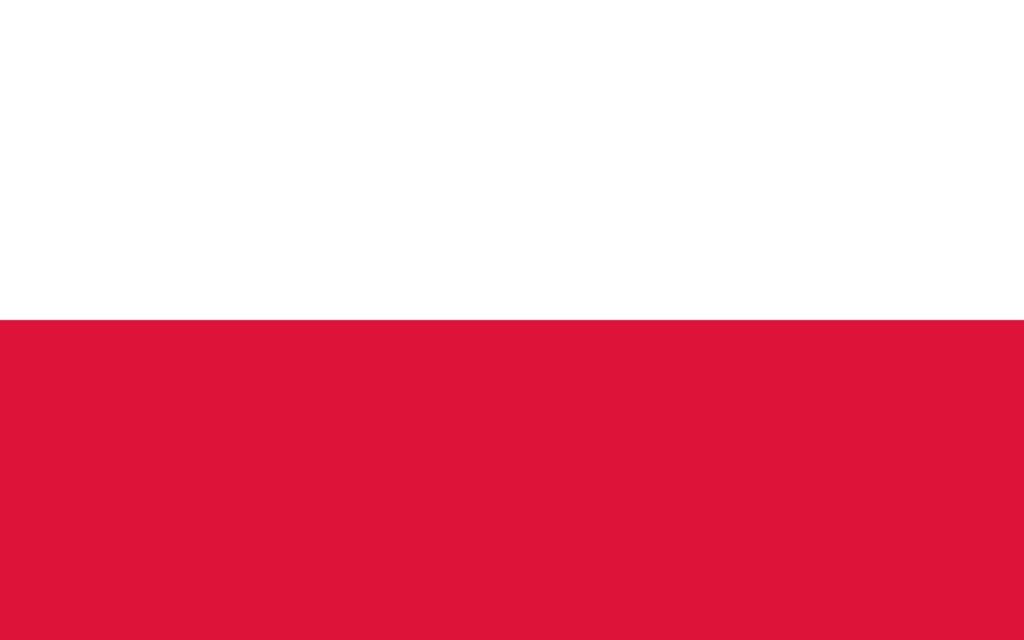Once upon a time, a long time ago, as it was in February 2016, though today I am not able to say when exactly (I guess, the 20th of February), a meeting of the INTERNATIONAL JURY took place. The jury both filled with energy and saturated with knowledge, experience and “unrestricted intellect”, performed a backbreaking task of judging more than 2500 works of various cultural and social backgrounds, of different techniques of presentation, sent in from all over the world (from 58 countries) to participate in the next edition of extremely popular for many years now, international competition known under the name of SATYRYKON.
The name of this contest suggests frames for topics these works should have referred to. The symbolical name of the competition was accompanied by a regulation which specified conditions and objectives of this extraordinary undertaking. A special attention should be paid to an interesting set of subtitles of the sections: EVIL and SATIRE AND JOKE. This set of topics would suggest a sort of otherness of depicted contents, whose expression is fortified by means characteristic for painting, drawing, printmaking or graphic design, and to a lesser extent, sculpture as well. In the majority of the presented works one could have noticed the mentioned above otherness. However, there were also works which tried to communicate with the audience by means of a language – mutual for both the worlds: EVIL and SATIRE AND JOKE. The contamination used in those cases created a disturbing image of contemporary times. As a result of combination of these two factors yet a new value was created, the one of a grotesque character, distressing, provoking the audience’s smile, but rather a bitter and ambiguous smile. The third invisible value was born from the context, and it can only exist in observers’ consciousness or subconscious. Hence images emerged, images which were saturated with clear esoterica, opposite to expectations, very communicative and universal. One of these works we should pay special attention to is Gerhard Gepp’s Closed. Its depth, many hidden narrative threads, poetical or even surrealistic space, technical precision of the work execution, ascetic message which brings about an impression of loneliness in a dialogue with the glittering world of cheap, valueless social-and-cultural and naturally… political signals – all these are this picture’s merits. It managed to express the complexity of a grey zone of human existence we deal with every day and all around the world. Similar clear messages about the irony of OUR existence we are able to read from other works qualified to the very final of SATYRYKON. It does not mean that the purport of these works is equally gloomy and enigmatic. The comprehensive language of artistic visions has effected also areas of pure, sometimes abstract humour, in which cases artistic quality of the compositions reflects pure light of sincere joy of creation (sending messages) and reception. When generalising, it is worth stressing that other, not awarded although qualified for the SATYRYKON exhibition, works maintain high artistic level. As an obvious fact we should treat the statement that all the works introduced within the June 2016 exhibition may serve as a kaleidoscope of intellectual and emotional experiences. This artistic event of SATYRYKON proves that in people’s artistic activity, in which creative element is crucial, any manipulation on conscious men by pressure (which constitutes social structures) is… impossible. With this constant confrontation of various sequences of OUR co-existence our hope that in the world of human imperfections some elements of good and high culture may be found, and stupidity will not find shelter is maintained, or even developed.
As a summary of my verbal “actions” I would like to quote a thought which expresses substantive issues of SATYRYKON perfectly, which has been claimed as an obvious one in many circles, still it seems to be an accurate synthesis describing the great value of the works – one picture is worth a thousand words.
Gabriel Kołat
transl. Anita Wincencjusz-Patyna


